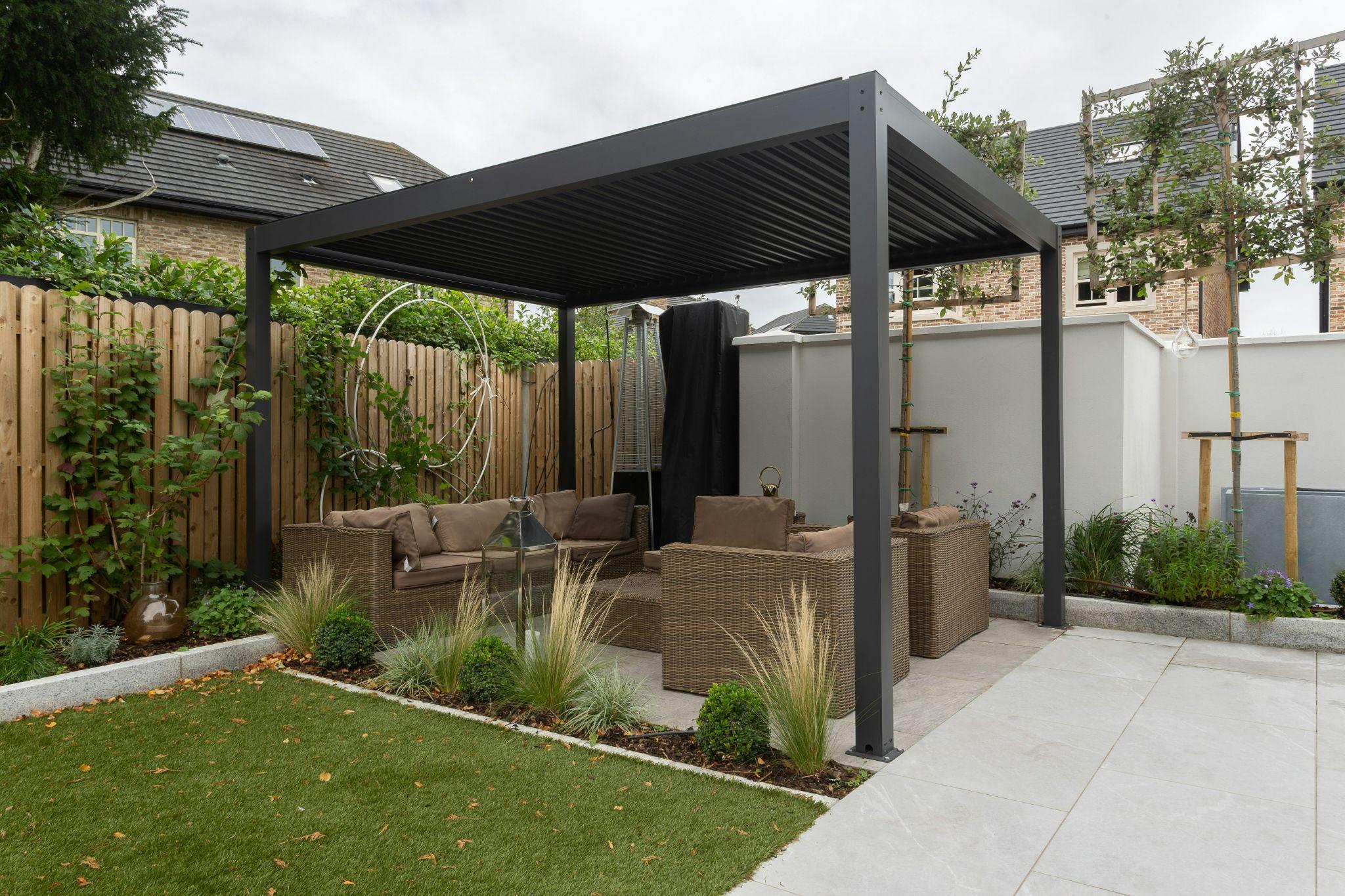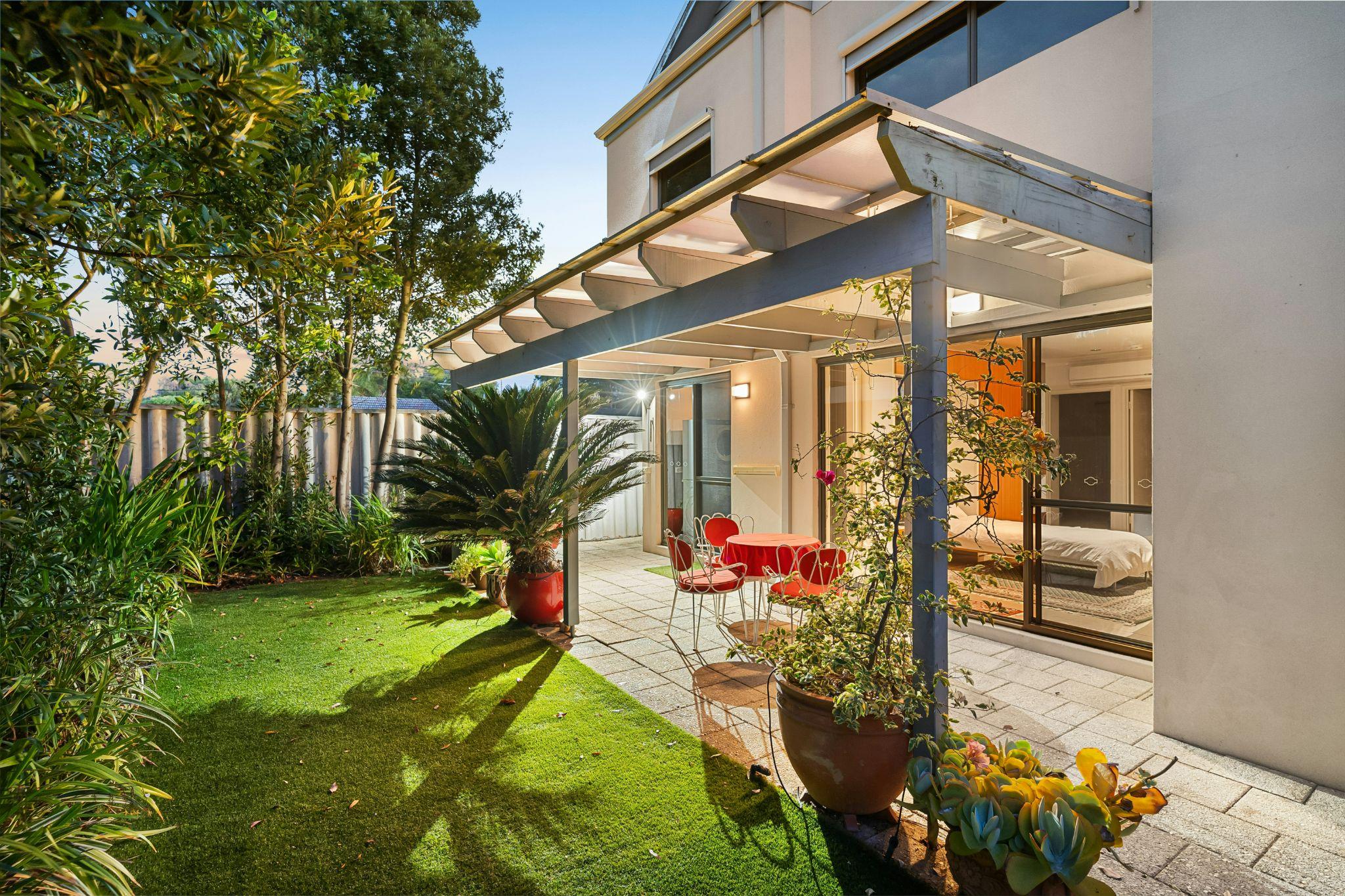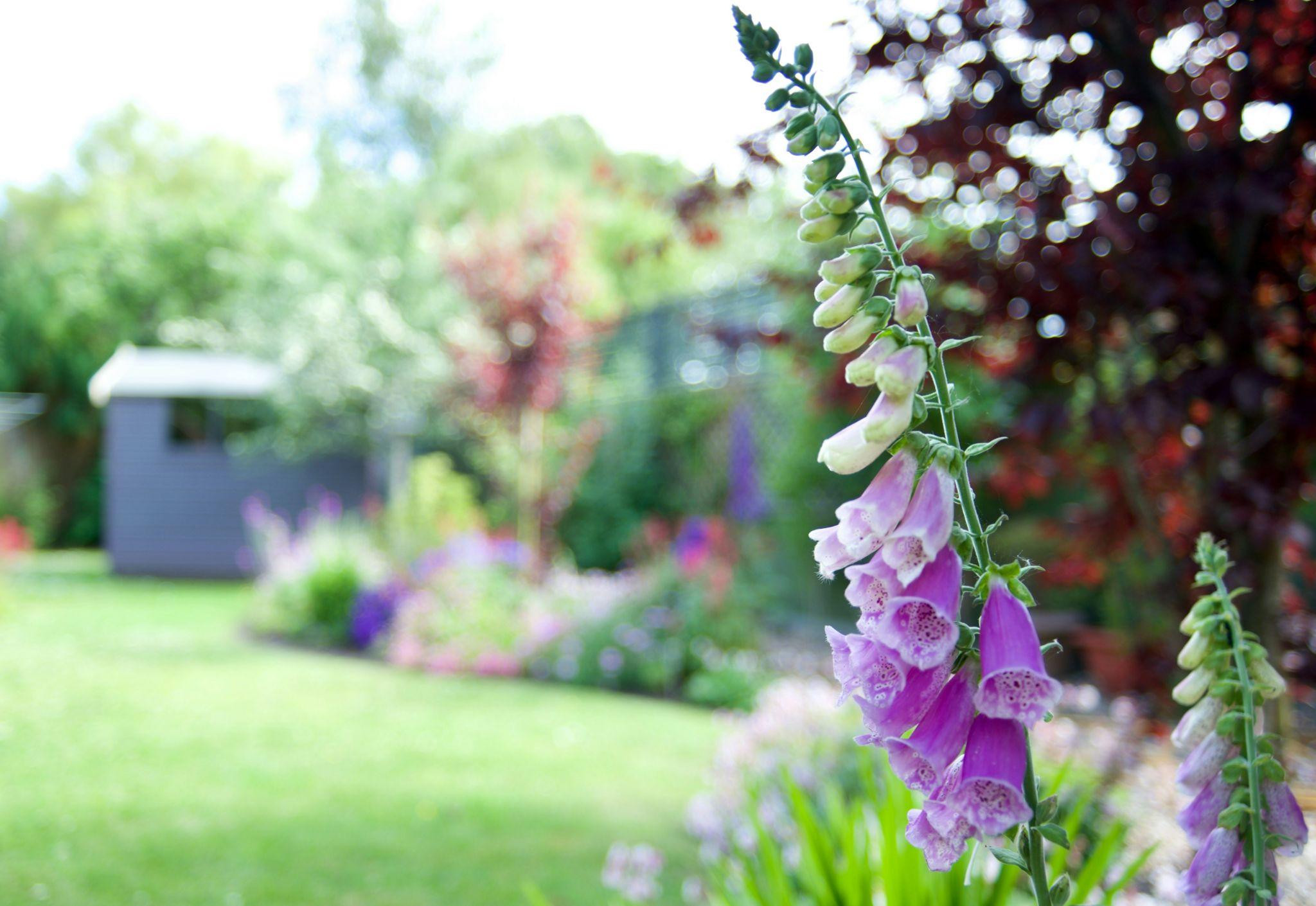
Environmentally conscious homeowners increasingly recognize that a beautiful yard can—and should—work in harmony with nature. Rather than battling against local climate patterns or overusing water and chemicals, sustainable landscaping embraces ecological balance and long-term functionality. By following expert-backed principles, you can design a landscape that’s efficient, resilient, and visually compelling.
If you’re considering a garden refresh or starting from scratch, it might be a good idea to book a consultation with an OAKS landscape designer—their insight can help bring your sustainable vision to life more easily.
1. Use Native Plant Species to Maximize Compatibility
Selecting plant varieties that are naturally suited to your region is a foundational principle of sustainable landscaping. Native species have evolved to thrive in your local climate and soil, often requiring significantly less supplemental irrigation, pest control, and maintenance.
For instance, switchgrass and purple coneflower are excellent choices in temperate North American climates. These plants resist pests, withstand drought, and enhance biodiversity by supporting pollinators like bees and butterflies. Ensure visual interest by choosing plants with staggered bloom periods, and group them based on their mature height and spread to create layered, cohesive plantings.
2. Improve Soil Health with Organic Techniques
Your soil’s biological composition directly influences your landscape’s long-term health. Before planting, conduct a detailed soil test to assess texture, acidity levels, and drainage capability.
Instead of relying on synthetic fertilizers, which can harm underground water and beneficial microbes, focus on organic amendments like compost, leaf mold, or aged manure. Mulching with shredded bark or straw helps retain moisture, suppress weeds, and introduce valuable nutrients. Insect-repelling companion plants such as marigolds or basil can also reduce reliance on chemical treatments.
3. Integrate Efficient Irrigation Systems
Water conservation is a core component of eco-conscious landscaping. Drip irrigation systems deliver moisture directly to the root zone, which reduces surface evaporation and runoff. Compared to traditional sprinklers, this approach can reduce water use by half or more.
Group vegetation into hydrozones based on their specific water needs—this enables tailored irrigation scheduling. Incorporating smart controllers and moisture sensors allows your system to adjust watering patterns according to real-time weather conditions, further reducing waste. For additional sustainability, collect rainwater in cisterns or barrels and use it during dry periods.

4. Minimize Traditional Lawn Areas
Turf grass may be culturally popular, but it’s one of the most resource-intensive elements in residential landscaping. Reducing its footprint is a simple way to increase sustainability.
Replace some or all lawn space with ground covers such as creeping thyme or sedum, which require little mowing or watering. Alternatively, ornamental grasses like blue fescue offer aesthetic value with minimal upkeep. For pathways and patios, opt for permeable materials such as decomposed granite or natural stone to encourage water infiltration and prevent stormwater runoff.
5. Support Local Biodiversity with Intentional Planting
Think of your landscape as an ecosystem rather than an isolated design. By selecting a diverse range of plants, including trees, shrubs, and perennials, you create essential habitat for birds, insects, and small mammals.
Add structural variation with multi-tiered plantings—tall trees provide shade and nesting space, mid-level shrubs offer protection, and low ground covers create microhabitats. Leave a few leaf piles or brushy areas untouched to support overwintering insects and amphibians. To make a broader ecological impact, connect your garden to nearby green corridors whenever possible.

6. Incorporate Low-Impact Hardscaping and Materials
Beyond plant selection, the materials you use for non-vegetative elements significantly affect your landscape’s sustainability. Choose local stone, recycled pavers, or reclaimed wood for decks, retaining walls, and borders to minimize transportation emissions and resource extraction.
Incorporate permeable pavers or gravel paths instead of poured concrete to reduce runoff and allow groundwater recharge. For lighting, opt for solar-powered fixtures and position them strategically to minimize light pollution while ensuring functionality. These subtle material choices contribute to the overall ecological footprint of your project without compromising on aesthetics or durability.
Designing a sustainable landscape isn’t about sacrifice—it’s about intelligent planning and thoughtful material use. By aligning with nature instead of working against it, you gain an outdoor space that’s not only beautiful but also enduring and environmentally beneficial. Start by consulting experts and applying these techniques, and you’ll build a landscape that flourishes for years with less water, lower maintenance, and greater ecological value.

